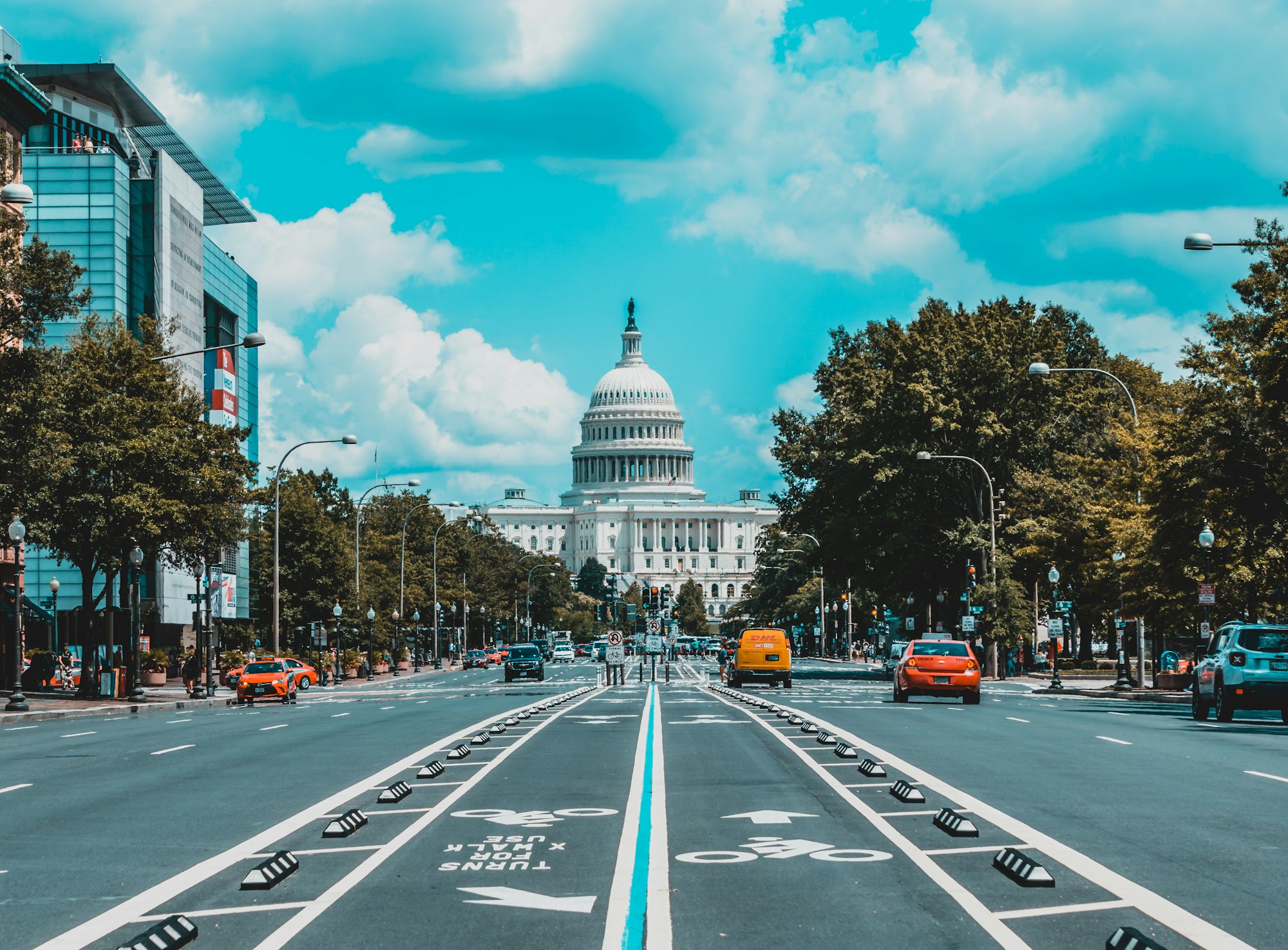View the Country Report for the United States in the Oxford Compendium of National Legal Responses to Covid-19
Pandemic responses have been governed by a patchwork of executive orders that have varied from state to state, locality to locality, and time to time, often in irrational ways. Most states responded to the first wave of hospitalizations and deaths in March and April 2020 with restrictions on travel, personal movement, and non-essential in-person business operations. But the majority of states eased restrictions rapidly, long before experiencing the peak of hospitalizations and deaths. Other states shifted from stringent restrictions to lighter, more sustainable limits on high-risk settings and social gatherings, which were dialed up or down in response to changing conditions. By the time a second wave of hospitalizations and deaths occurred in July and August 2020, most states had adopted face covering requirements of some type, but their details varied, as did compliance and duration. In virtually every state, private individuals, businesses, other organizations, and government officials brought lawsuits challenging the legality of pandemic response orders. The courts have issued hundreds of judicial opinions articulating constitutional and statutory limits on executive authority. Federal, state, and local officials have frequently blamed each other, rather than collaborated. Even as the brutal third wave of the pandemic was peaking in January 2021, state legislatures across the country debated public health emergency powers reform legislation that would tie executive-branch officials’ hands for the coming stages of this pandemic or the next one.
Infections, hospitalizations, and deaths in the United States have been disproportionately concentrated among low-income communities and racial and ethnic minority groups. The fragmentary, highly privatized health care system was severely stressed by the pandemic and hospitals have been overwhelmed in many areas at the peak of local outbreaks. Mortality rates have varied considerably from hospital to hospital, reflecting deep inequities in health care and social resources along geographic, racial, and socioeconomic lines. Restrictions on movement, travel, and school and business operations were not accompanied by adequate financial supports, workplace safety regulations, or legal protections to secure basic income and stable housing.


